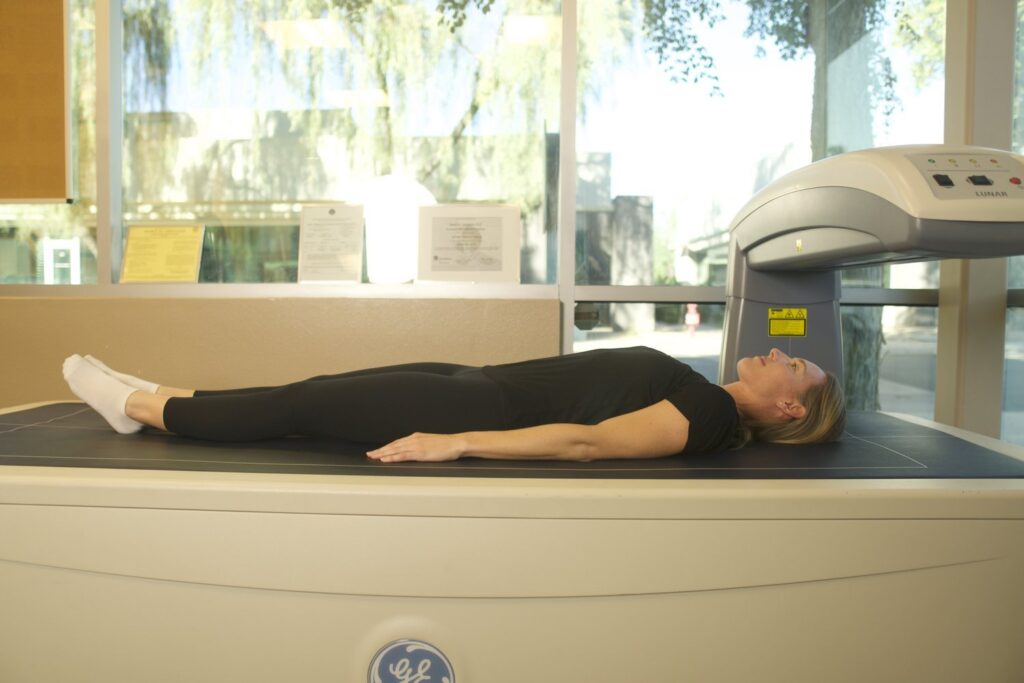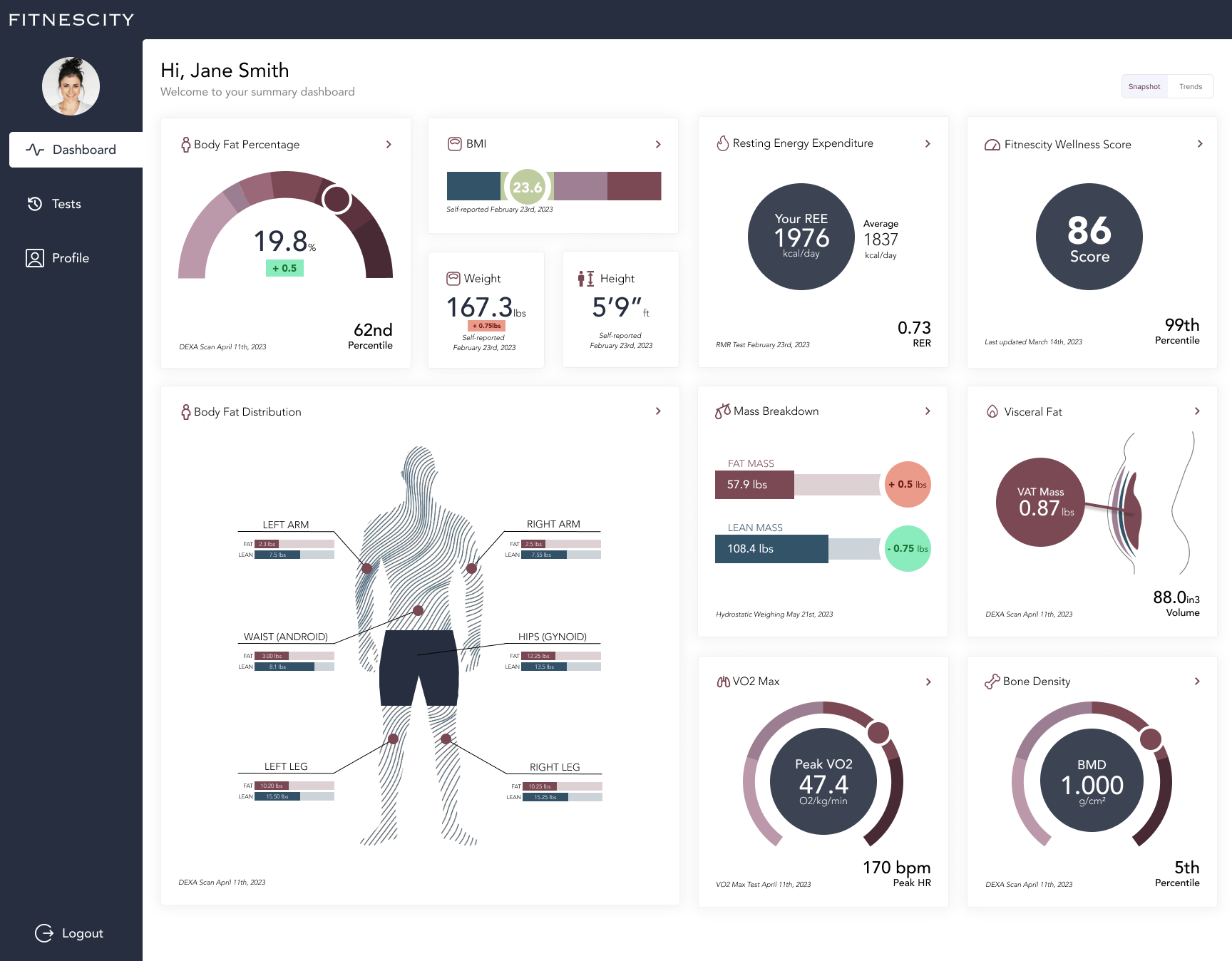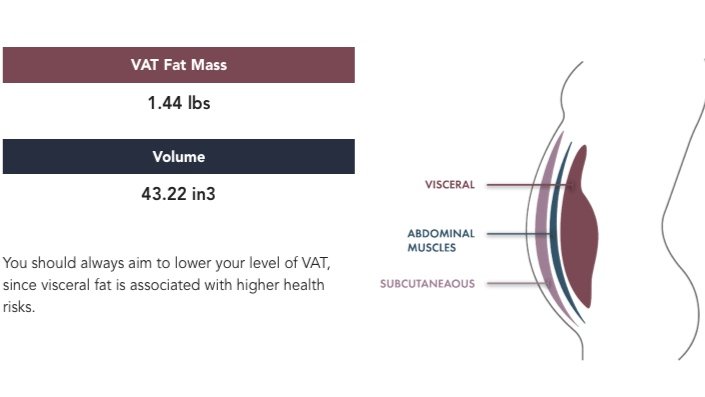- Jan 1
- Written By Fitnescity, Inc
New Netflix Documentary “You Are What You Eat” Puts the DEXA Scan in the Spotlight

New Netflix docuseries, You Are What You Eat: A Twin Experiment, which started streaming on New Year’s Day, has so far been one of the most popular TV shows of 2024.
The four-series documentary is based on an 8-week study led by Stanford University’s Christopher D. Gardner. The study puts 22 sets of genetically identical twins on opposing diets and measures progress.
Dr. Gardner explains in the documentary that studying genetically identical twins makes it easier to derive conclusions from the series of tests that the twins undergo. One of the first tests that the TV show highlights is the DEXA scan.
Here are some of the key takeaways about the DEXA Scan:
1- Weight doesn’t tell much about health status
Doctors are increasingly viewing Body Mass Index (BMI) as a poor measure of health, and are instead relying on the DEXA to assess health status and risks.
The basis of BMI was developed from 1830 to 1850 by Adolphe Quetelet, a Belgian scientist. The modern term “Body Mass Index,” which refers to the ratio of human body weight to squared height, was coined in 1972.
Why BMI is outdated
BMI generally overestimates body fat tissue on those with more lean body mass. For instance, it often classifies athletes as “obese.”
BMI also underestimates excess body fat on those with a smaller body type, and often puts them in a “healthy” category, even when as much as half of their body weight is fat.
DEXA is now more commonly viewed as the new alternative to BMI
With BMI’s limitations as a health indicator, new tools, such as the DEXA scan, have emerged as the new norm among an increasing number of doctors and health consumers.
2- Measuring Fat Mass and Muscle Mass with DEXA offers a more reliable picture

Fitnescity’s DEXA scan report. © Fitnescity
A DEXA scan takes two low-radiation X-rays of the body. By looking at how different areas absorb these rays, DEXA can differentiate between bones, fat and muscle. The scan provides a safe look at your entire body composition, and doctors consider DEXA the most reliable way of measuring body fat.
Fun fact: DEXA stands for dual-energy X-ray absorptiometry, which makes sense when you consider that the technology uses two (dual) X-rays.
DEXA Scan images of a subject before and after changes in diet and exercise. © Fitnescity
A DEXA scan with Fitnescity typically includes the following*:
Lean (fat-free) Mass
Fat Mass
Visceral Fat
Bone Mineral Density (BMD)
Body fat distribution (arms, legs, waist and hips)
Muscle imbalances or asymmetries
Comparison with your age range
Online report with trends and summary
1:1 review with MD
* Individual location results may vary. Please review the location page for more information.
The DEXA scan is valuable because if an individual does not have enough muscle mass relative to their age, sex, and ethnicity, or if they have too much fat, they are considered “unhealthy.” This information is not captured by weight and BMI.
3- DEXA captures Visceral Fat, a leading indicator of risk for chronic disease

Visceral fat, also known as organ fat or intra-abdominal fat, is located inside the abdominal cavity, packed between the organs (stomach, liver, intestines, kidneys, etc.).
Visceral Adipose Tissue (VAT) rises if you consume more calories than you burn off through metabolism and exercise.
VAT is associated with dangerous hormone activity that increases the risk of diseases related to metabolism, such as diabetes and heart disease. Too much visceral fat also raises the risk for gallbladder disease and breast cancer in women and may lead to worse outcomes for individuals who have cancer. Understanding your body’s visceral fat content can help you map a plan to reduce disease risk.
Scheduling a DEXA scan every three to six months can help you understand where you stand and how you’re trending.
Fitnescity’s network of partner test locations uses medical-grade, FDA-approved equipment to complete the DEXA scan. When you’re ready for a DEXA scan, schedule an appointment in one of the 500 test locations available, and discover the numbers that really matter for your health.